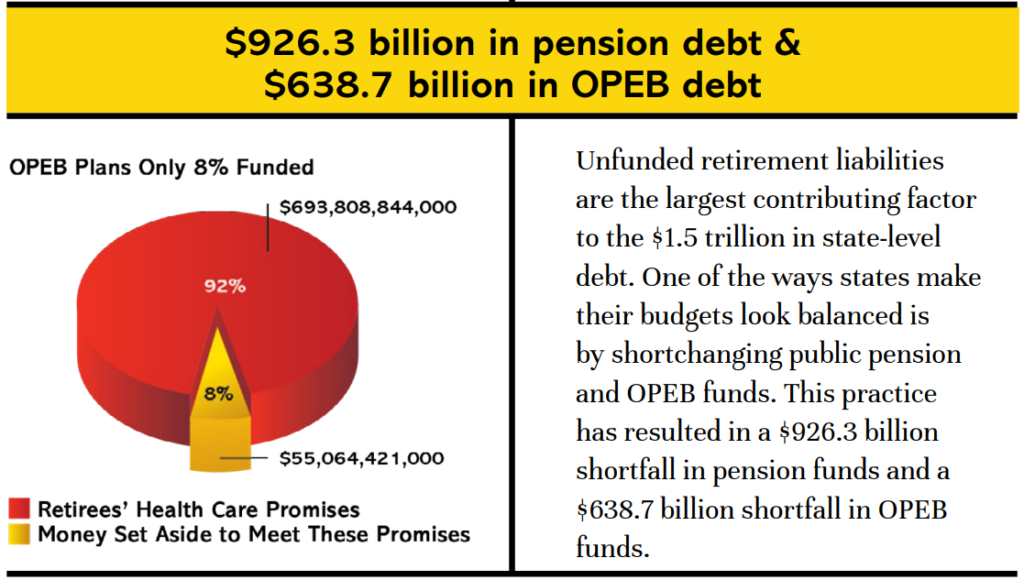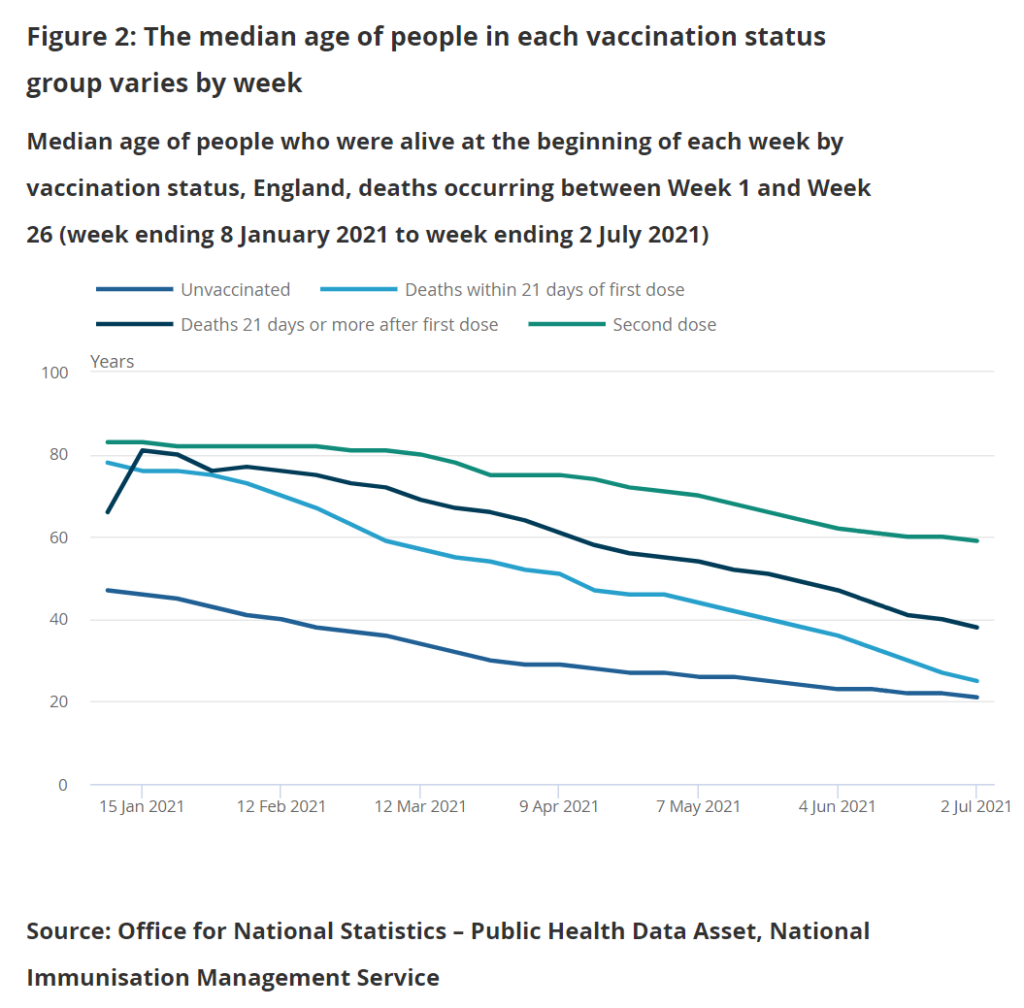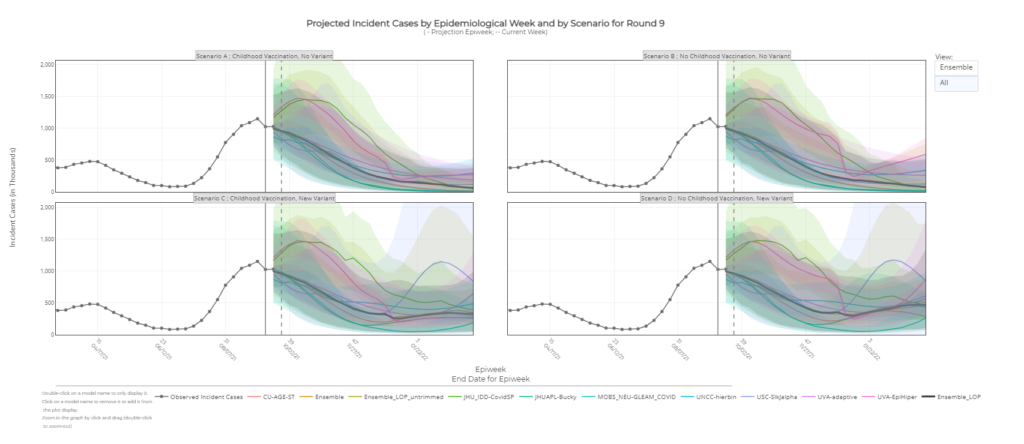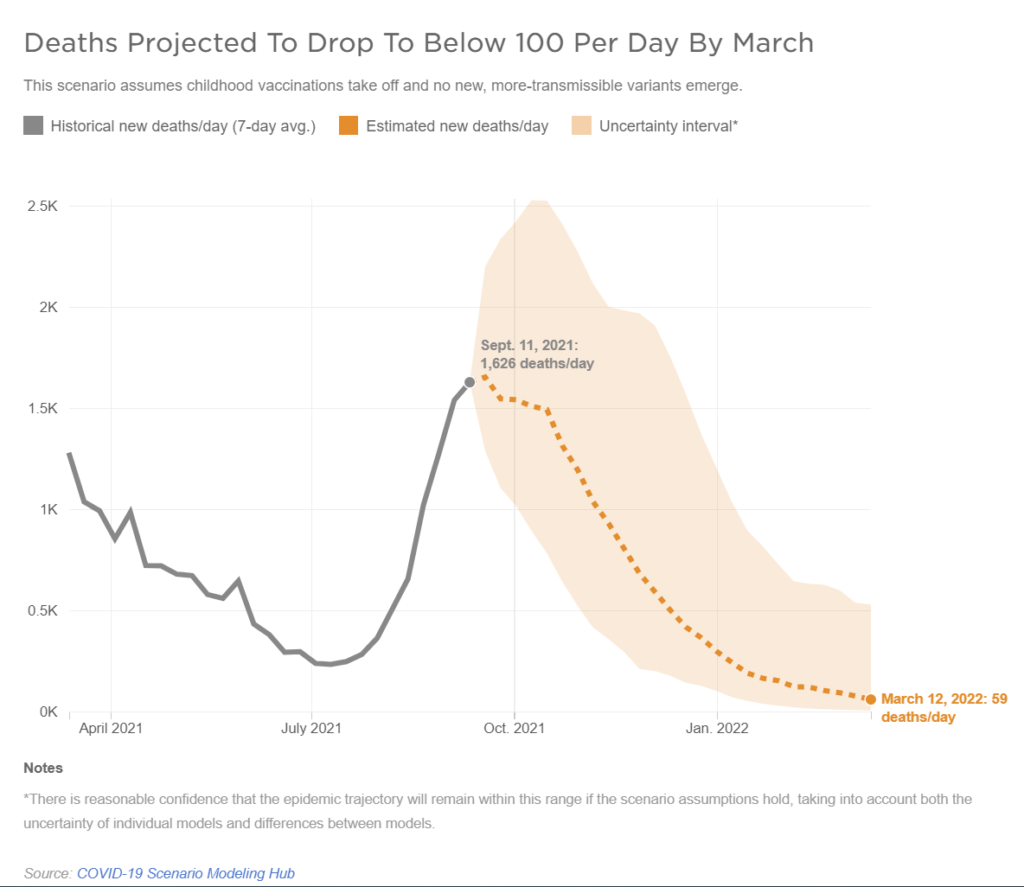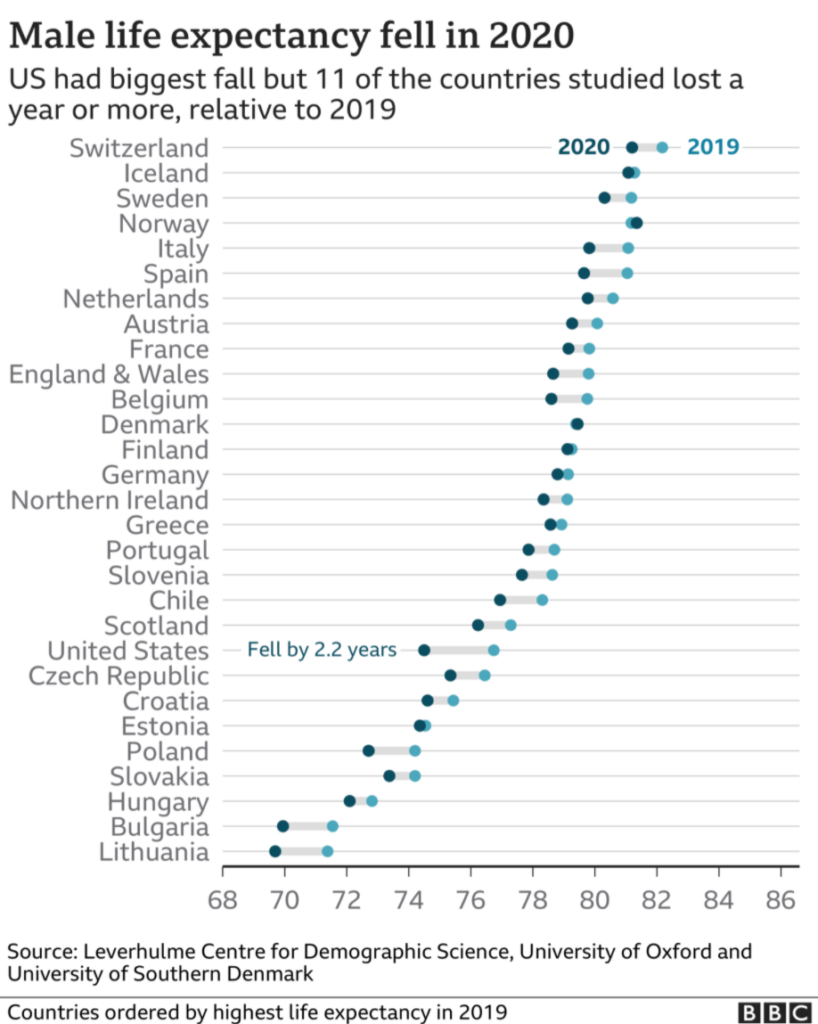Link:https://www.wsj.com/articles/taylor-heinicke-washington-football-team-math-engineering-old-dominion-11632328555
Excerpt:
Last December, a student in professor Fang Hu’s partial differential equations class at Old Dominion University reached out with a problem Hu had never experienced in decades of academia. His pupil said he had just been offered a high-profile job, starting immediately, and might need some special accommodation to finish his course work.
“I got called by an NFL team,” Taylor Heinicke told Hu. “I’m going to be very, very busy.”
“I was like seriously? Really? Professional football?” Hu says. “‘He really takes this course very seriously,’ was my first reaction.”
Heinicke had bounced around the fringes of the NFL for years, but by last year he had bounced out so far that he went back to school to finish his degree. Then, in the span of a month, Heinicke went from taking the highest-level undergraduate mathematics courses at Old Dominion to playing quarterback for the Washington Football Team. He started a playoff game in which he nearly outdueled Tom Brady.
….
When Heinicke was the school’s quarterback from 2011 to 2014, he rewrote record books. He owns the all-time mark for most passing completions in a season in FCS history, and he even broke the record for all of Division I with 730 passing yards in a single game. (That was later surpassed by two quarterbacks. One of them was Patrick Mahomes.)
Heinicke’s success on the field at ODU was boosted by the same traits that led him to take engineering and math classes. His coaches found that their quarterback was both talented and capable of understanding things on a football field that other quarterbacks simply couldn’t.
…..
Just days after Washington’s season ended, Hu heard again from his student. Heinicke finally had time to turn in his final exam.
Author(s): Andrew Beaton
Publication Date: 23 Sept 2021
Publication Site: WSJ
